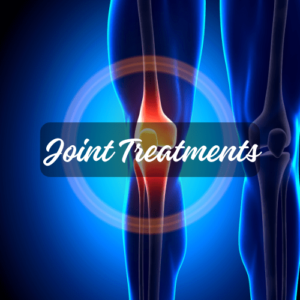
Treating The Root of The Problem
While pain and other joint symptoms are crucial to treat. The main goal of any regenerative non-surgical regenerative treatment is eradicating the nature of the problem. That is why at Regenerative Medical Clinics of Southern California, our main goal is treating the root of the problem to avoid and stop future degeneration and damage.
Wide Array Of Treatments
Thirty years of clinical experience come in handy when developing and offering treatment plans for a wide variety of joint conditions. We have the expertise to treat all levels of osteoarthritis, menisci, tendon, ligament, tears or inflammation.

Some Of The Conditions We Treat
- OSTEOARTHRITIS
- MENISCUS TEAR
- MUSCLE TEARS
- TENDONITIS
- ENTHESITIS
- SCIATIC NERVE PAIN
- DISK HERNIATIONS
- BURSITIS
- CARPAL TUNNEL
- FROZEN SHOULDER
- ROTATOR CUFF TEAR
- IMPINGEMENT
Treatments Offered
happy patients
+
medical specialists
+
injections given
What Our Patients Say
Latest from the blog
How a Medical Weight-Loss Program Can Fast-Track Your Results
Weight loss is hard. Results are often slow to come, motivation fluctuates, and discipline is a tough skill to build.…
Staying Active With Arthritis
Millions of Americans greet each day with stiff and painful joints at the hands of arthritis. The wide-reaching impact that…
5 Serious Health Conditions You Could Get If You Don’t Treat Your Allergies
Your immune system protects your body from getting sick. It identifies harmful viruses or germs and creates antibodies to fight…
If You Struggle with Thinning Hair, PRP Could Be the Solution
Hair loss affects people of all backgrounds, both male and female. And while most people start to experience thinning hair…
How IV Therapy Can Help You Cope with Arthritis Pain
According to the Center for Disease Control and Prevention (CDC), more than 54 million adults in the United States today are living…
The Link Between Diabetes and Obesity
Being obese creates many health risks, and the link between obesity and diabetes is clear and evident. The good news is that…












